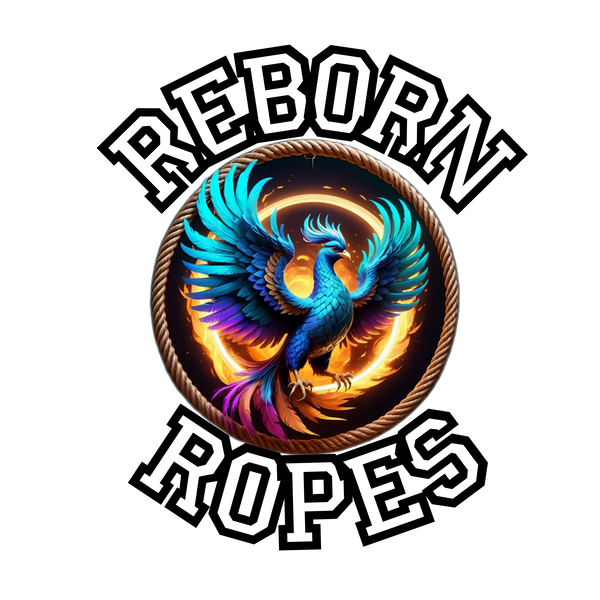Na is for
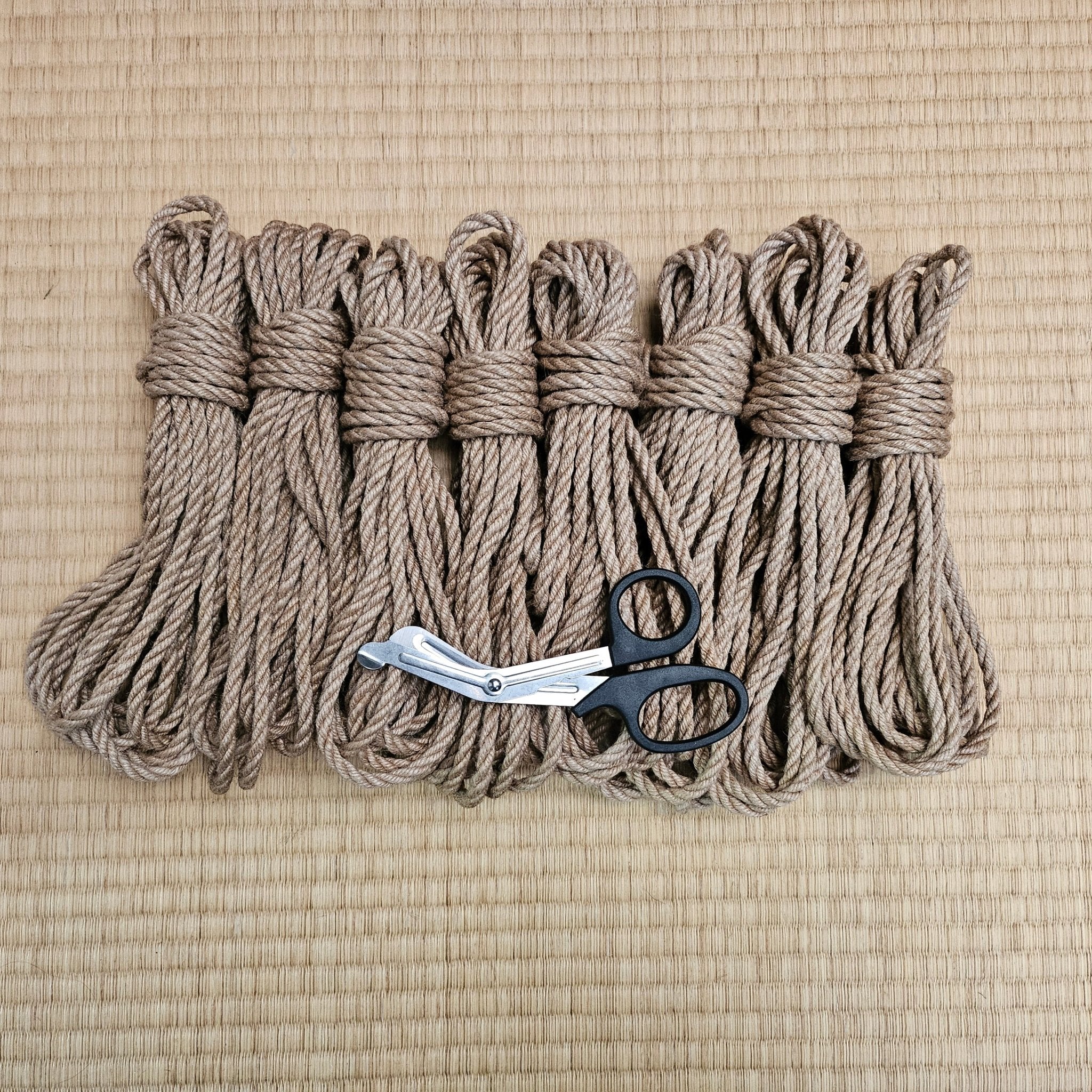
Nawa 縄
'rope', this japanese word is often used as a suffix tor prefix to descriptions of rope positions and patterns.
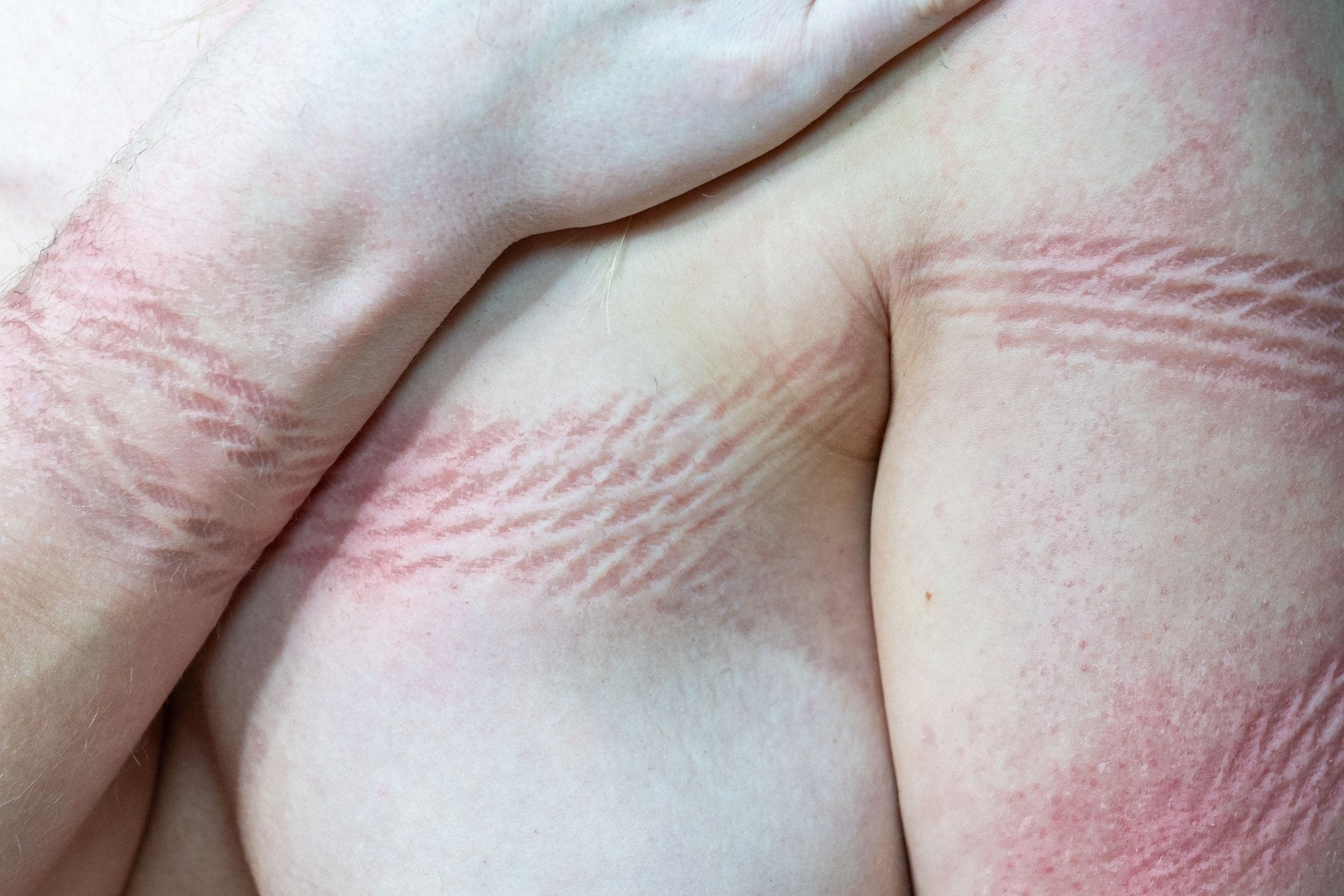
Nawaato 縄痕
Ato means marks or scars, Nawaato refers to the marks left on the body from being tied. In English these are sometimes described as rope kisses or or rope bites. For many they are a thing of beauty to be cherished. Hajime Kinoko published a photo collection titled Nawa-Ato documenting imprints left by rope on the skin.
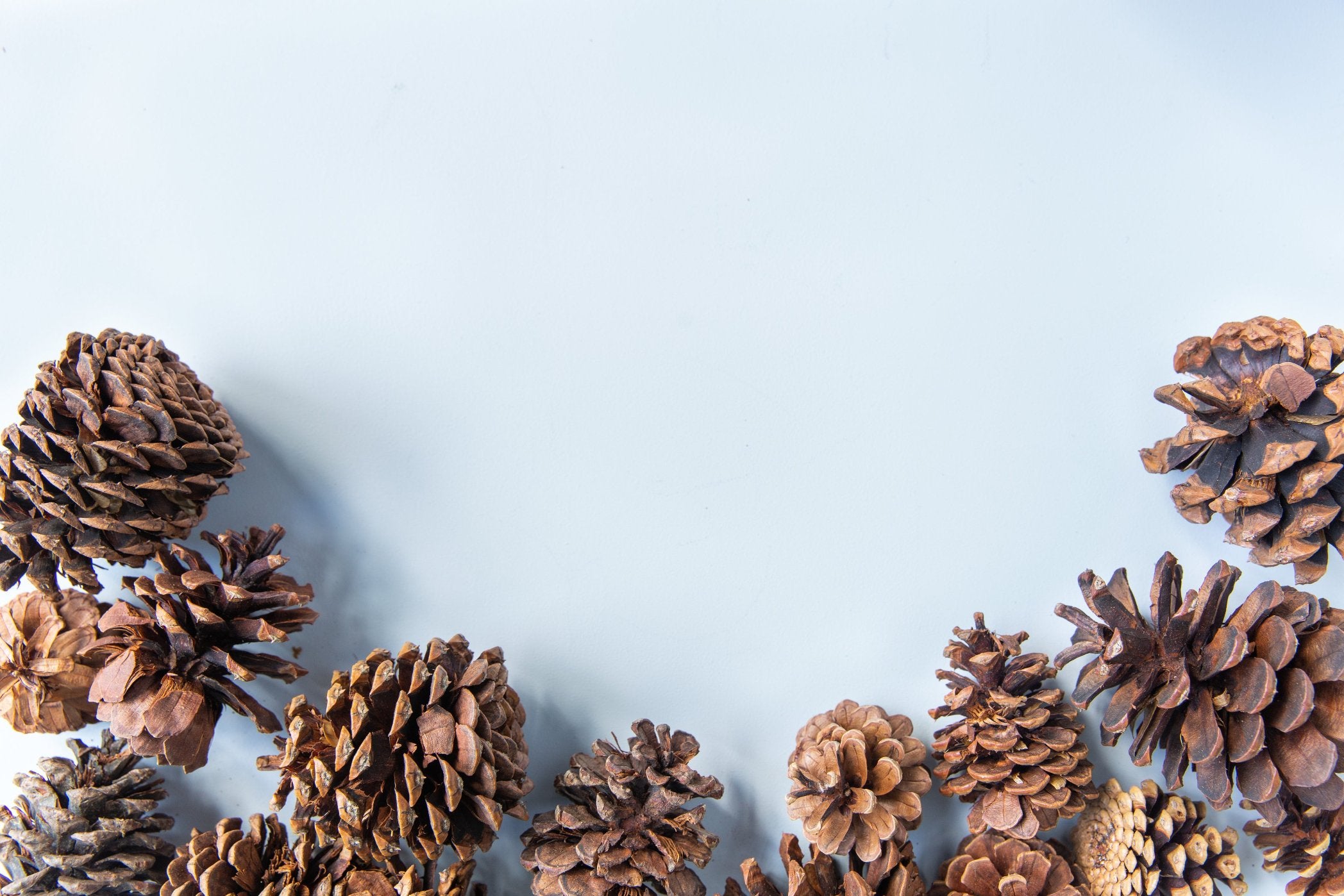
Nawa estu 縄悦
Estu means joy or pleasure, Nawaestu refers to the pleasure from Shibari.
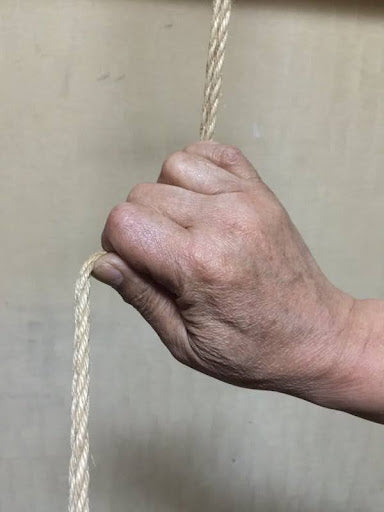
Nawajiri 縄尻
translation 'rope tail/end'. This refers to the loose end of the rope remaining after a pattern has been completed. Some people incoroprate this rope within the rope pattern, while others use this to tug on and apply tension. Haruki Yukimura saw the use of the nawajiri to communicate with the person in rope as being an essential part of his style of tying.

Nawa kai 縄会
A rope meeting or gathering. This can be used to refer to open practice sessions, workshops, and social events.

Nawa shibari 縄縛り
translates directly to "rope binding" and is a general term often used to describe the practice of tying or binding someone with rope.
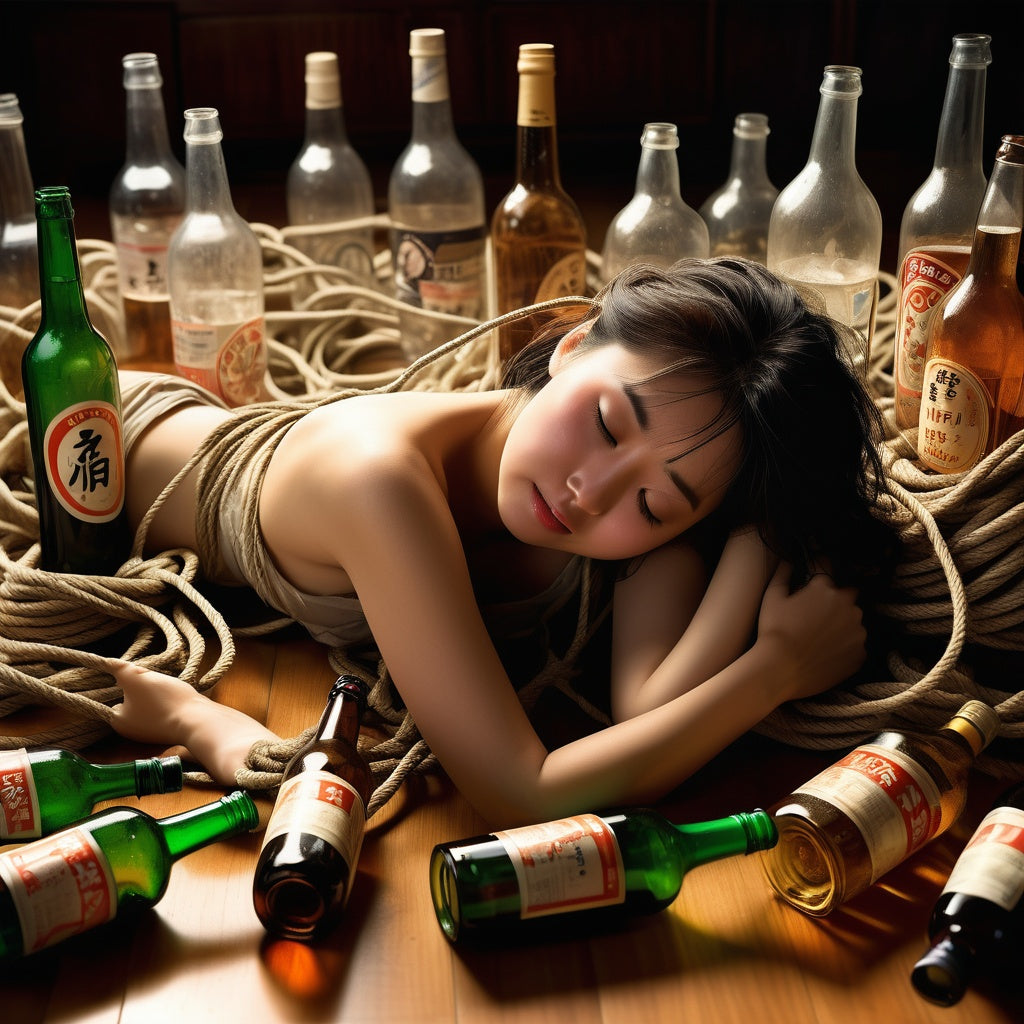
Nawa yoi 縄酔い
translates to "rope drunk" or "rope intoxication." It describes the deep, trance-like state that can occur during a rope session, often experienced by the person being tied (the bottom or model) but sometimes by the rigger (the person tying) as well. This is sometimes described as being in 'rope space' by English communities mirroring the phrase 'sub space'.
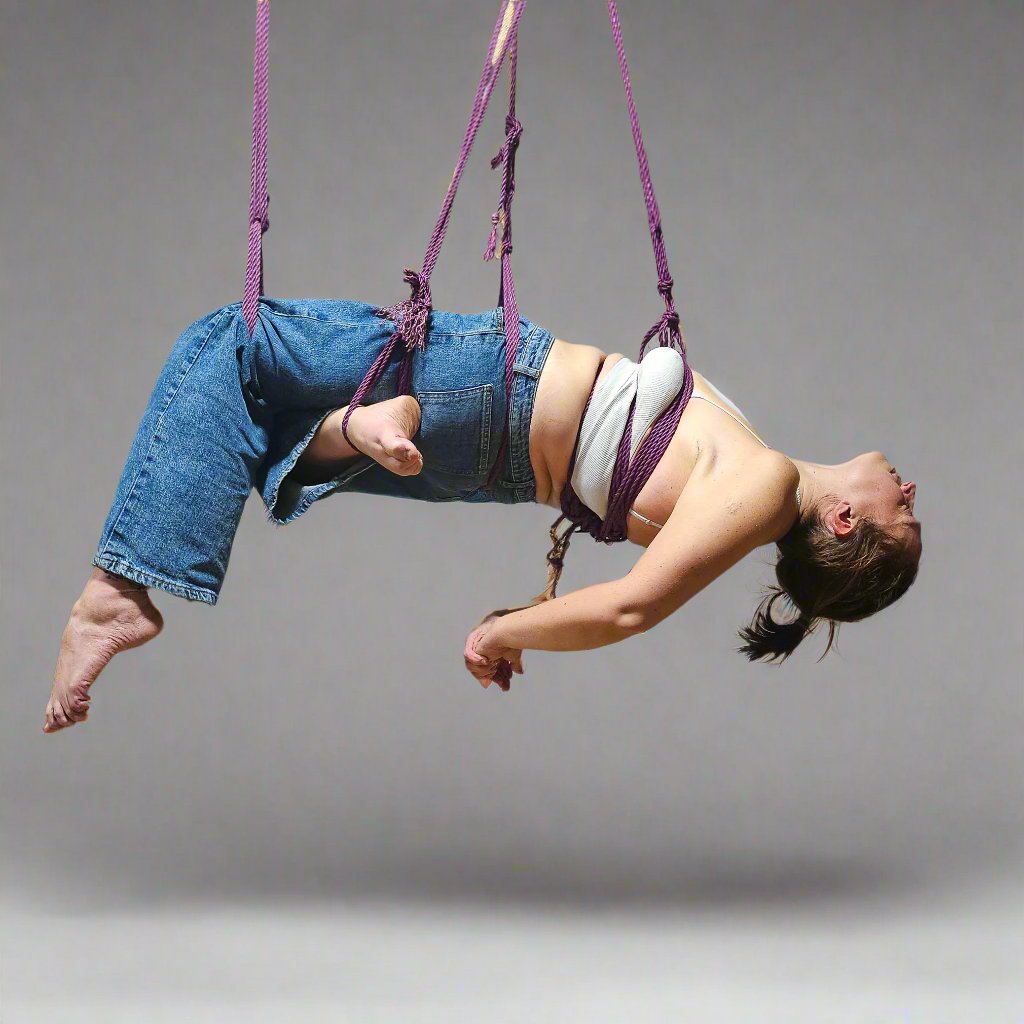
Nawa zuri 縄吊り
Rope suspensions. Zuri (suspension) is often added as a suffix to the description of a tie to show that it is a suspension.
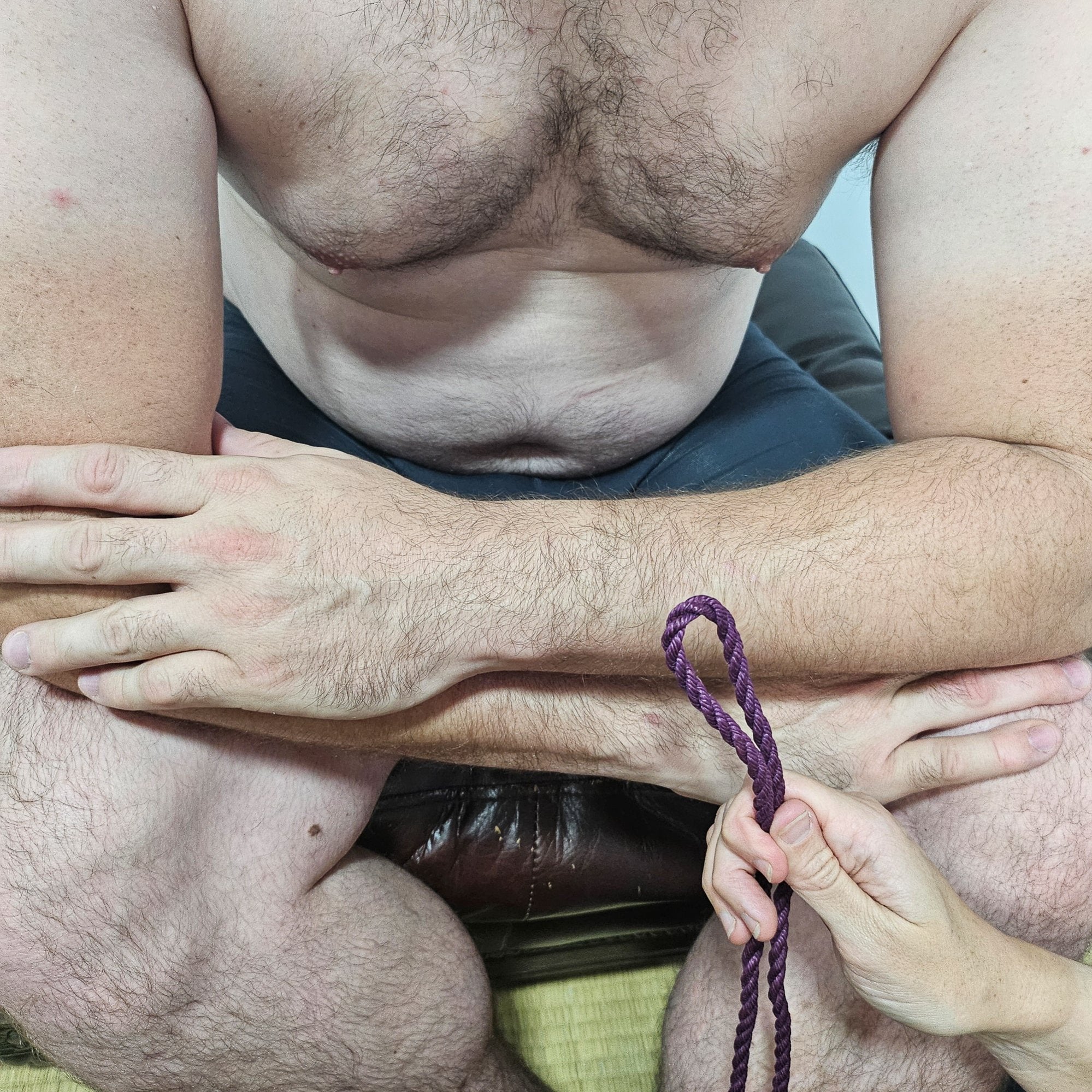
Nawagashira 縄頭
'head of the rope', used to refer to the end of the rope that you start tying with. In Shibari this will normally be the rope bight.
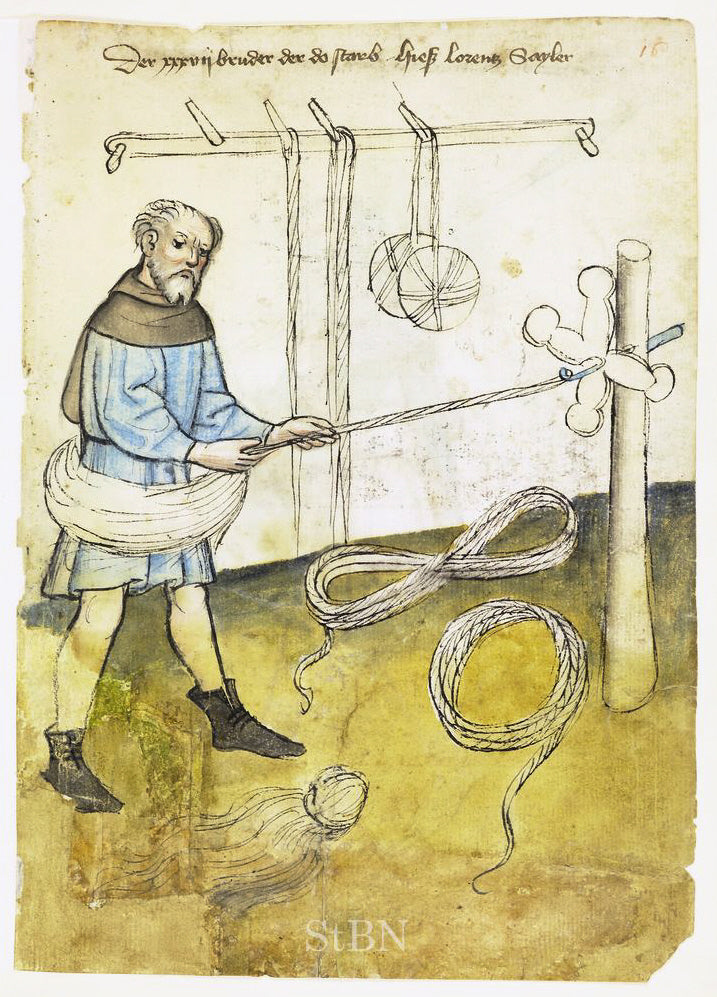
Nawashi 縄師
'Rope Master' This term was initally used to describe a master craftsman who made rope, but is now used to indicate someone recognised as having a high level of skill and proficiency with tying.
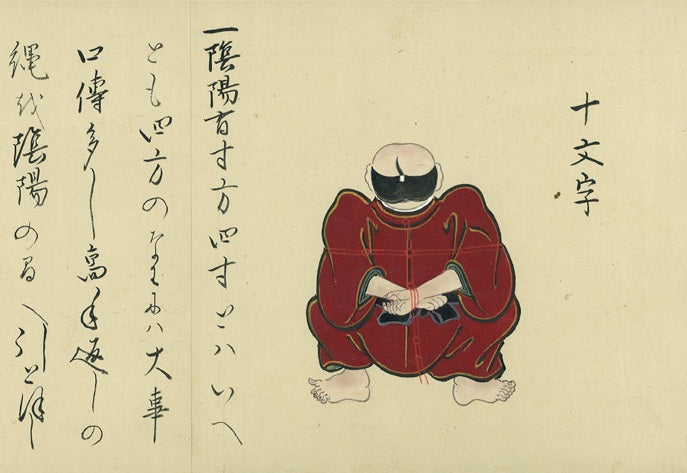
Nawajutsu (縄術)
Nawa (縄): "Rope."Jutsu (術): "Art," "technique," or "skill." We could translate Nawajutsu as rope art, or rope technique - but it more often used as an alternative name for Hojōjutsu
